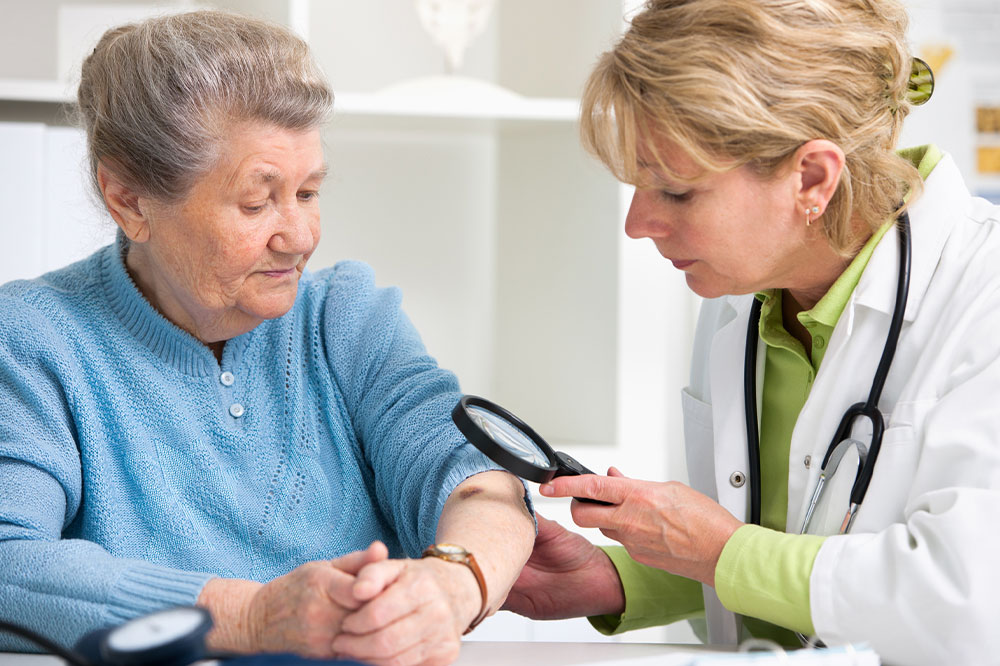5 silent signs of skin cancer to watch out for

Skin cancer is the most common form of cancer in our country, with nearly 9,500 people diagnosed every day. According to the Skin Cancer Foundation, about one in five of our population is projected to develop the condition by the age of 70. But despite its prevalence, skin cancer is one of the most treatable cancers if caught early. Some subtle and silent signs to keep an eye out for include:
Translucent, waxy bumps
Skin cancer can show up as a clear or skin-colored bump. According to doctors, a translucent, waxy bump could be a sign of early-stage basal or squamous cell skin cancer. This bump may never bleed, hurt, or cause other symptoms.
Scaly patches
If a dry patch does not go away even after moisturizing or using other treatments, it could be basal or squamous cell carcinoma. Scaly patches could also indicate seborrheic dermatitis, eczema, or psoriasis.
Red or purple lesions
Common skin lesions or lesions showing up as blue, purple, or red nodules could be a sign of a rare skin cancer called Merkel cell carcinoma. These bumps grow within a few weeks, often in areas that have received a lot of sun over the years. Another rare cancer, Kaposi sarcoma, may also develop as discolored skin. Although it starts in the blood vessels, it may result in red, purple, or brown tumors or patches on the skin.
A dark band on the nail
The emergence of a fairly defined vertical line with multiple shades from brown to black could be a sign of skin cancer. It may be a greater cause for concern if the band is more than 3 mm wide.
Persistent bumps
Sometimes, skin cancer cells may not be as obvious. One telltale sign of skin cancer is a bump that does not flatten or improve with time. While bug bites or bruises fade away, skin cancer bumps persist and may eventually become symptomatic.
Skin cancer is highly treatable when detected early. Doctors can treat the condition in the initial stages by removing the cancerous cells and some nearby skin. People who check their skin often are more likely to detect changes. In addition to monthly self-checks, it is crucial to consult a dermatologist for a diagnosis.



